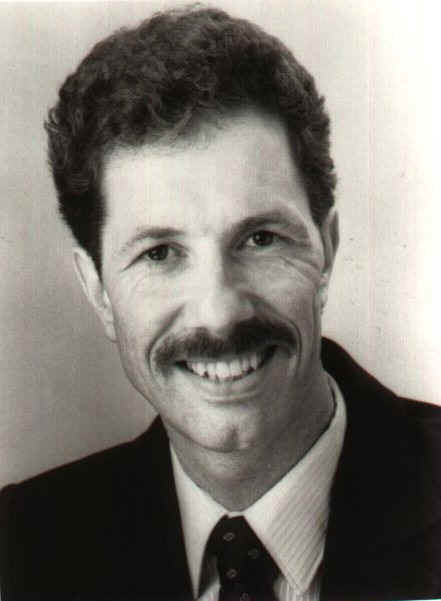FINDING A WAY TO FIND "THE WAY"
FINDING A WAY TO FIND "THE WAY"
Karate Do the Way Of The Empty Hand
As the title suggests the subject of this article is something called "the way". Of course, our response to such a title may range from those who ask "what way?" to those who say "oh, that way!" to those who mutter "who cares anyway!!!". Given then, that all of us bring to any question or issue a certain number of assumptions and a characteristic style of understanding, we can see that the greater the degree of abstraction, the more there is opportunity for misunderstanding and misinterpretation of the intended communication. For this reason in particular, karate training offers a practical and concrete path to inner peace. Working through the body directly and dealing at the same time with emotional and psychological elements, without having to run a maze of verbalization, allows "the way of karate" to become a practical way of living, somewhat independent of our human capacity for defining and analyzing our lives into oblivion.
Lao Tzu, the author of Chinese classic "Tao Te Ching", asserted that "the way is empty, yet use will not drain it". This emptiness or void is symbolized in karate by the empty hand, and realized spiritually in the still and peaceful mind empty of thoughts or images.
Creative consciousness can spring forth naturally from this void to blend in harmony with any situation. To quote once again from Lao Tzu "Note and sound harmonize with each other", and so it is that in karate the creative consciousness, born of the void, works in harmony with the empty hand, in action so natural that it appears to involve no action at all.
Most people have come to see karate as a fighting method for self-defense or sport. Through exposure in movies and through television coverage of contests, people in general have an image of karate as a vicious but scientific method of bludgeoning an opponent, or enemy, into unconsciousness with a variety of kicks and punches. Karate Do, however, has tremendous potential for use as a medium within a personal growth context. "He who knows others is clever, he who knows himself has discernment. He who overcomes others has force; he who overcomes himself is strong." (Tao Te Ching)
During the course of training in karate, it is necessary for the student to continually confront and work through all manner of conditioned emotional responses. Fear, anxiety, pride, anger, lust for power, frustration, resistance and helplessness are just some of the emotions encountered during a process which eventually can lead to the experience of perfection and peace.
When inner strength has been developed through correct breathing and relaxation, the process of self realization can begin, with flashes of insight and moments of profound inspiration, as the karateka finds himself becoming free of conditioning. As long as we are conditioned, and society has conditioned us since birth, we are slaves to that process and are as predictable as a programmed machine or a trained animal. As we become physically and psychologically free from this programming, we step literally into a new world. We begin to walk in "the way", as spontaneous, unpredictable and natural beings. This unpredictability and spontaneous creativity allows us the freedom to realize our full potential as whole beings. No longer separated into physical, emotional and mental elements we can experience the essential spirituality of completeness, of "unity of being".
This "way" is not limited by our beliefs, reasoning or opinions; neither is it capable of definition, conceptualization or description. This "way" is, however, available to our experience. It can be known through our growing awareness of its presence within us. In a world which can deal only with "differences", using methods of analysis, criticism and definition, leading to cynicism and alienation, it is impossible to find "the way" and difficult to discover a method by which "the way" can be found.
Perhaps "the way of the empty hand" is not for everyone, "the teaching that uses no words, the benefit of resorting to no action, these are beyond the understanding of all but a very few in the world." (Lao Tzu XLIII)
However, it may be that for some people Karate Do can offer a sufficiently tangible path, using concrete and practical techniques, that at the same time lead to extended perception, release of muscular stress, improved fitness and vigor and increased confidence; becoming for those who choose to utilize it, a way to find "the way". This method of self-discovery and self-realization becomes then as natural as the crashing of waves onto a seashore, the rising of the sun, the opening of a flower, the rushing of the wind or the stillness of a moonless night.
"The way can be spoken of is not the constant way; the name that can be named is not the constant name. The nameless was the beginning of heaven and earth." (Lao Tzu I)
Ref. Lao Tzu, Tao Te Ching, D.C. Lao translation.
Penguin Classics, 1971
 |
(c)1997 Robert Heale Mason Shihan of the "Karate Mu-Do-Kai" University Karate Center at the American International Karate Institute
|